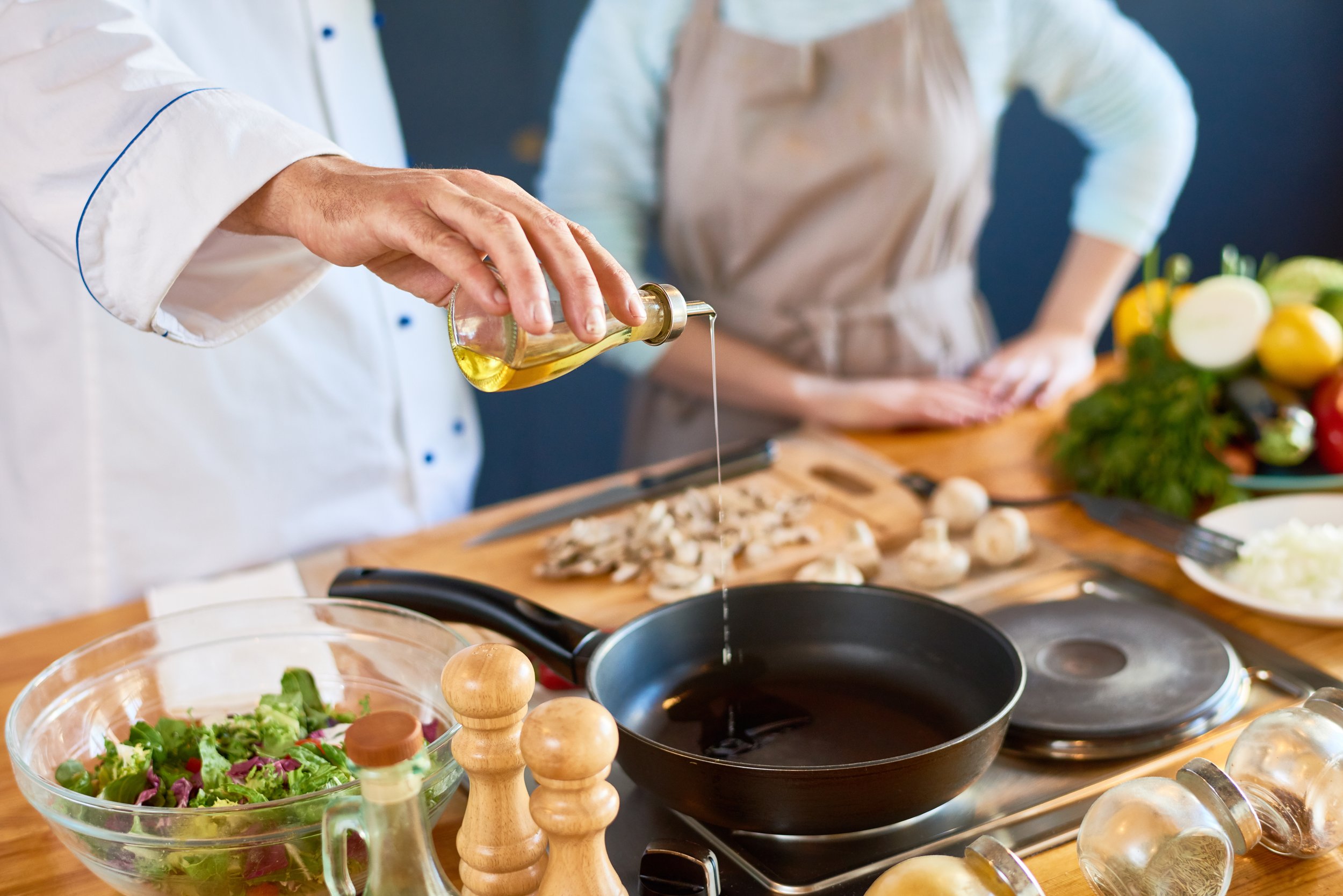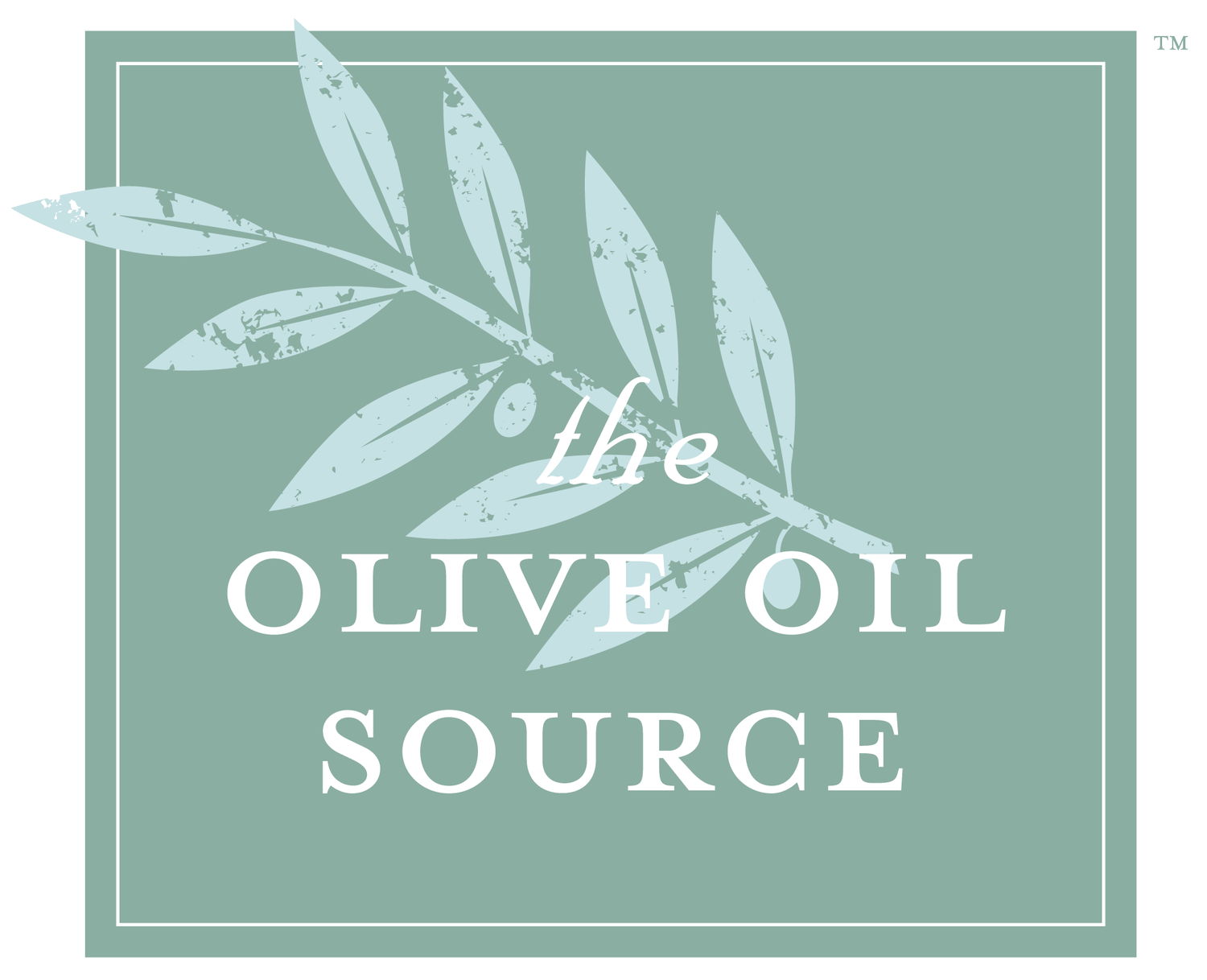
The Basics
Olive oil has been used for thousands of years in cooking and is one of the cornerstones of the healthy Mediterranean diet. It is very versatile and, with its unique flavor and aroma, has become a must-have in the American kitchen. Different olive oils complement different foods and uses. Olive oil can be used for sautéing, browning, stir-frying, deep frying, as an ingredient in marinades and sauces such as mayonnaise, pesto, or romesco, and as a condiment, drizzled over various dishes. It is of course always appreciated as a bread dipper or simply dabbed on a toasted piece of country bread that has been scratched with a clove of garlic.
Think about olive oil as you would of wine. Use different olive oils for different purposes. Strong and robust extra virgin olive oils can be used for cooking fish, meat, to make marinades, or to drizzle on strongly flavored ingredients like peppers or garlic. A medium intensity, well-rounded extra virgin olive oil is great on mozzarella or for bread dipping. We love it in vinaigrette or sprinkled on various steamed vegetables and on baked potatoes. A mellow late harvest extra virgin oil could be used in baking a cake or to make mayonnaise. Olive oil or virgin olive oil are good for frying and sautéing.
Excessively heating olive oil will evaporate the alcohols and esters that make up its delicate taste and fragrance. Use a less expensive olive oil that doesn't have much flavor to begin with if you want to fry with it, add a more flavorful olive oil after cooking or at the table. In the end, what matters most is your personal taste! Keep in mind, however, that a tablespoon of olive oil has roughly 120 calories.
We get a lot of questions about how long olive oil lasts and what the best way to preserve it is, as well as what happens to olive oil when it is heated. For detailed information about these subjects, see these two pages: Keeping Olive Oil Fresh and Heating Olive Oil.
Buy Extra Virgin Olive Oil
~
Buy Extra Virgin Olive Oil ~

